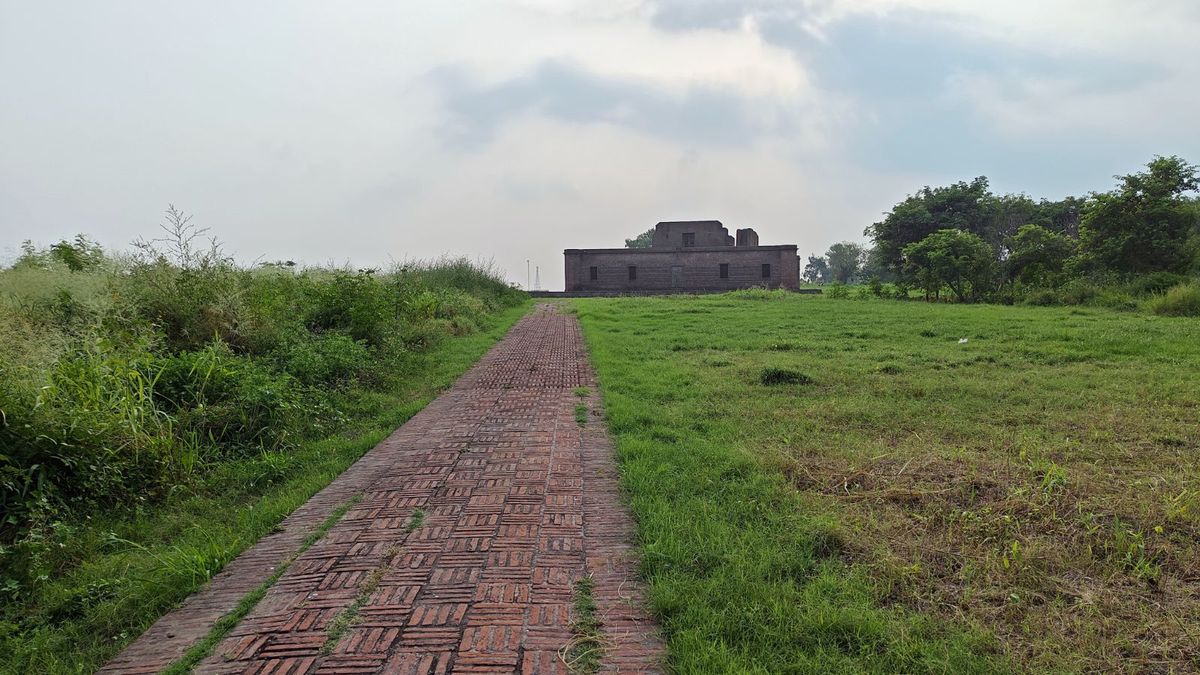Did you know that there is an ancient site belonging to the Indus Valley civilisation just 46 km from Chandigarh? Well neither did I until I recently visited the place also called Ropar/Roopar or Rupnagar.
Hues of history
Nestled against the picturesque backdrop of the verdant Shivalik ranges and along the Sutlej River, Ropar has the ruins of an ancient town that flourished over 4000 years ago. The site has many mounds that have been excavated between 1952 and 1955 by the Archaeological Survey of India. Y. D. Sharma discovered the town in 1953.
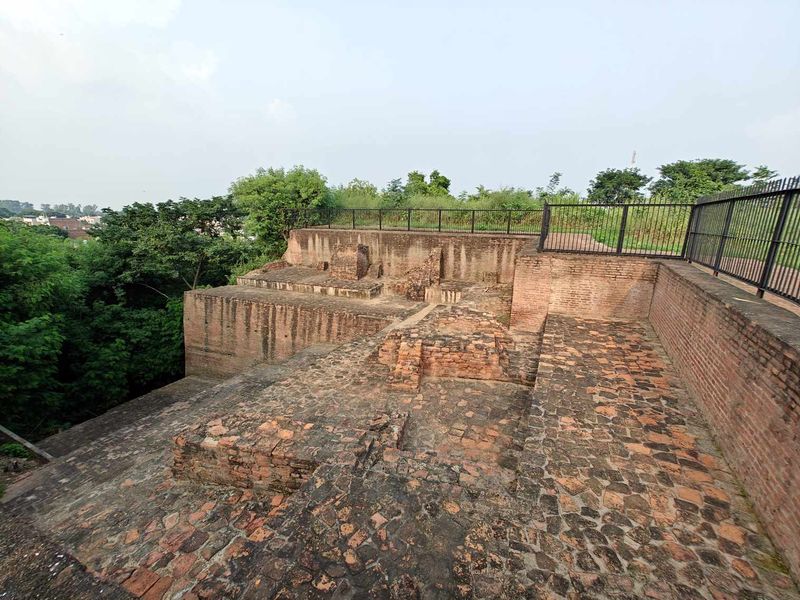
Interestingly, it is the first Harappan site excavated in free India and is the northernmost Harappan settlement in the Indian sub-continent that has relics of the early Iron Age culture. The relics indicate that Ropar was a flourishing industrial town and the best way to see this is to explore the site as well as the museum close by that has several artefacts that have been preserved post the excavation.
Periodic past
The history of Ropar is interesting as it spans several thousands of years and the first period recorded here belongs to the Harappan Culture (C. 2000-1400 B.C.). It is believed that the first settlers at Ropar were the Harappans who lived in houses made of kanker stones, river pebbles and sun-dried bricks.
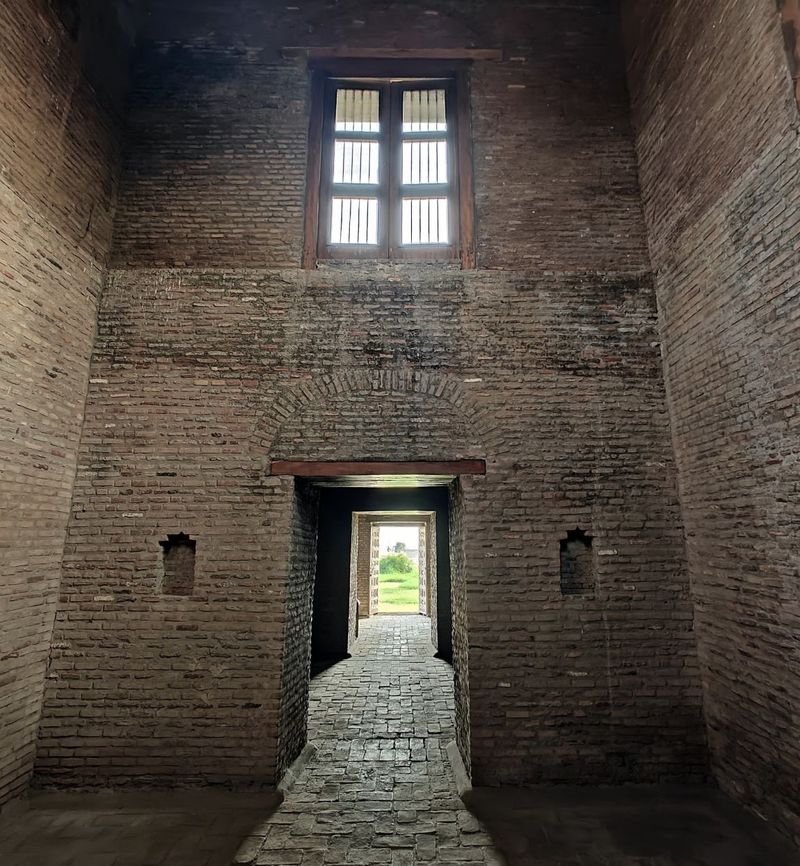
A stamp seal made of steatite has been found that indicates that this was a commercial settlement. The second period called The Painted Grey Ware Culture (C. 1100-700 В.С.) was after a break of several centuries when the site was re-occupied by a new set of people who were living in the houses made of timber and grass. These people were skilled in making deluxe earthenware that was grey hued and decorated with black paintings.
The third period was the Northern Black Polished Ware Culture (C. 600-200 B.C.) that coincided with the era of the Buddha and Mahavira. The superfine pottery at this time had a highly shiny polish in various shades like black, grey, blue, gold, silver, red and brown and this is the period of when Indian coinage made its debut. The fourth period Sungas, Kushanas and Guptas (C.200 B.C.-A.D. 600) and this is when Ropar was possibly part of Kuninda or Audumbara republic. The archaeological material in forms of pottery, terracotta, coins, and seals have been found indicating the same.
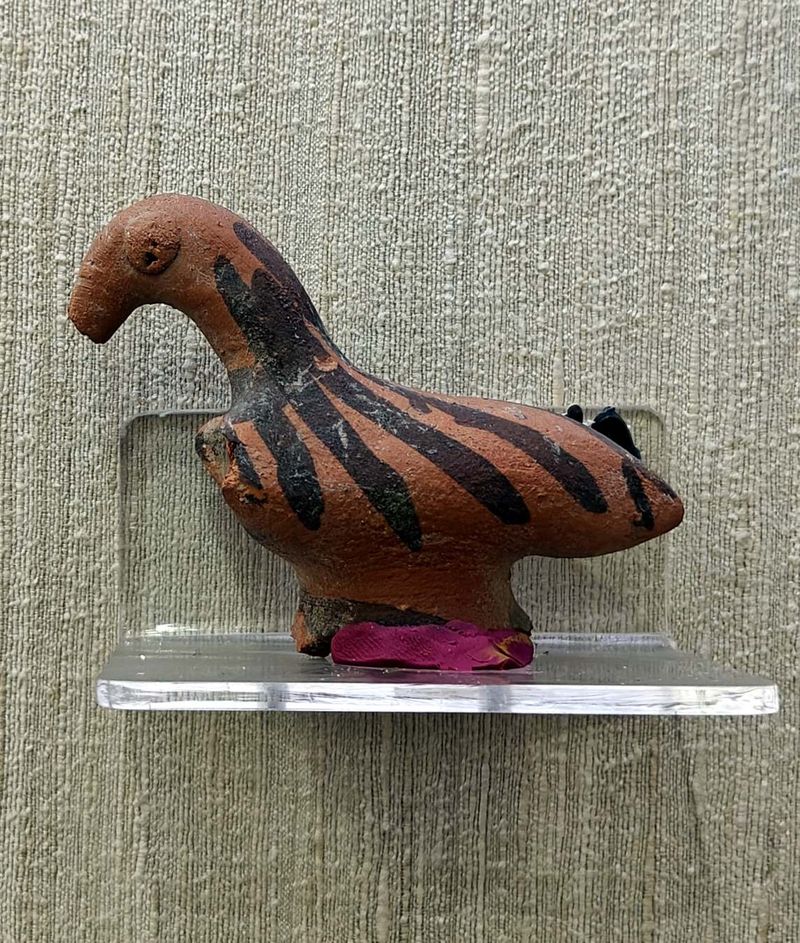
The fifth or Early Medieval Period (C. 700-1200 A.D.) saw the town’s southern part occupied and houses of bricks were constructed. The sixth or Medieval Period (C. 1200-1700 A.D.) is when glazed polychrome pottery and lakhauri bricks were used.
Excavations and more
The archaeological museum at Ropar is a great way to learn about the history of the Harappan settlements. Starting with a map that lists the excavated sites in Punjab dating to the 3rd-2nd millennium B.C., the museum is a treasure trove of antique artefacts. There is an extensive display of terracotta pots, terracotta figurines, shells, and coins. The museum has several exhibits from the Kotla Nihang Khan, site situated about two kilometres south-east of the town.
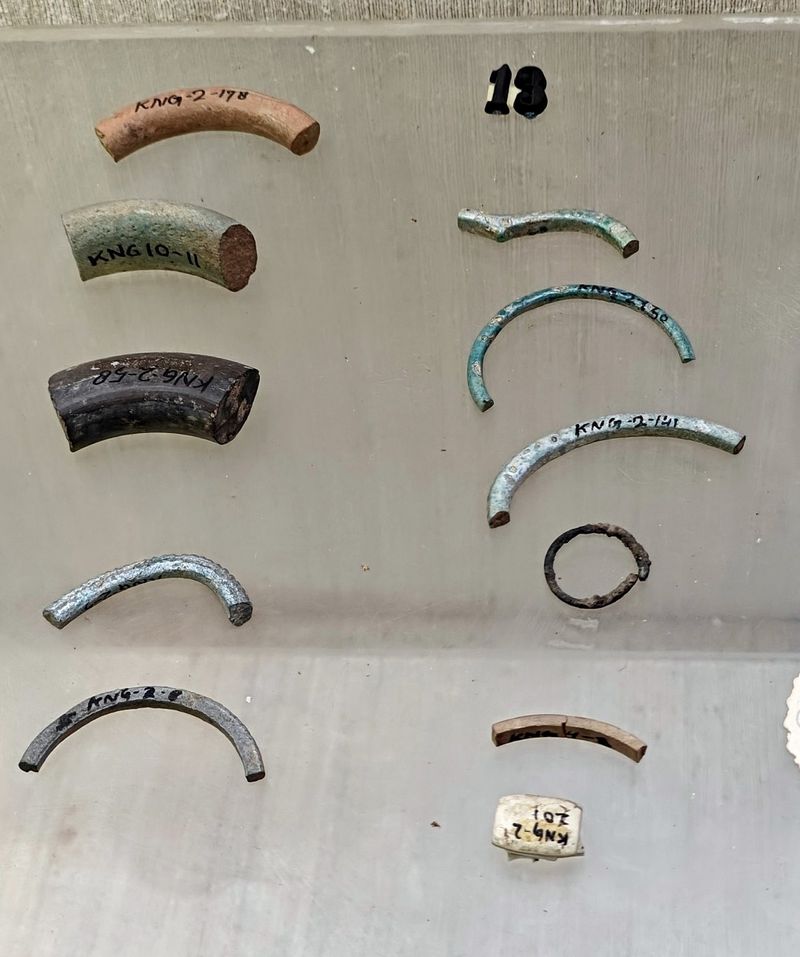
Harappan pottery items like a dish-on-stand, goblet with pointed base, elliptical footed goblet, shallow flat dish with flaring sides, wide mouthed large storage jar with concave profile has all been found here. The excavation revealed remains of burnt brick structures all over the site. Besides, four small oval kilns, found in a row in the eastern sector. Antiquities unearthed include terracotta, stone and faience bangles, beads of faience, shell and semi-precious stones, chert blades, weights, terracotta triangular and round cakes, animal figurines, cart frames and wheels, bone points, antimony rods, a ring, and pins of copper.
There is a room with images that show how the site looked like in the past as well. There is a display of Bara culture that includes burnt reed lamps, terracotta triangular cakes, animal figurines, bangles, beads, gamesmen, sling balls, toy-cart frames, wheels and beads of semi-precious stones.
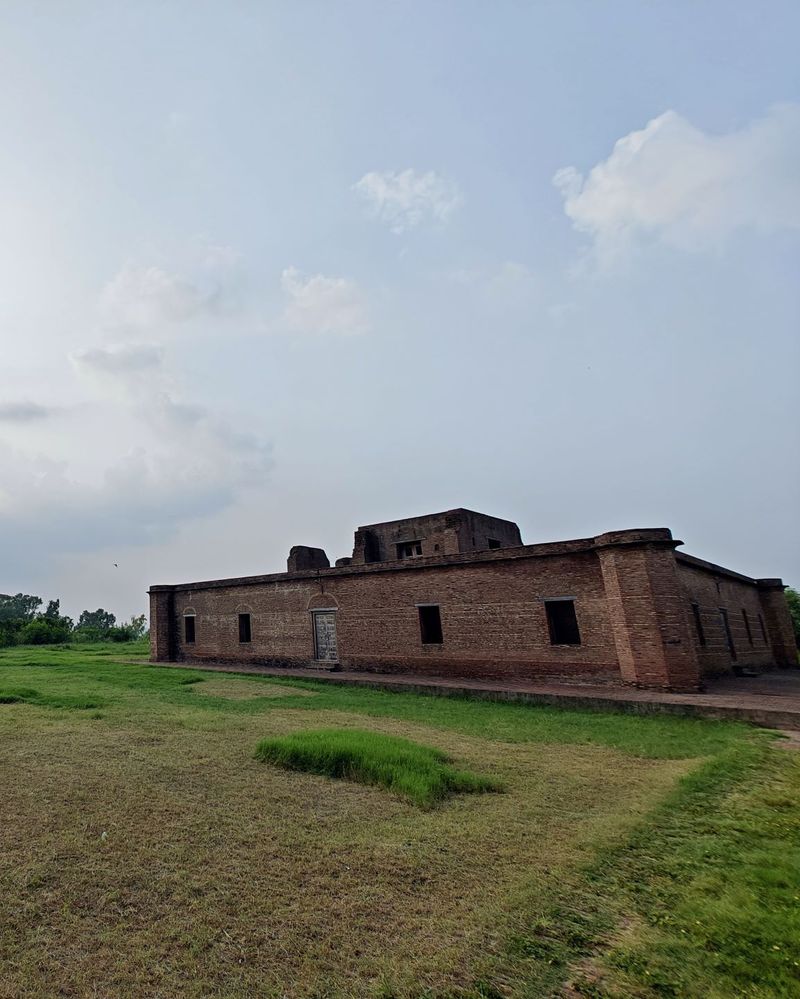
Historic site
The site is located behind the museum and is a site that has a small flight of brick stairs that leads you to a structure that has brick construction. The site is usually empty and the caretaker will gladly take you around. He also tells me that the artefacts in the museum have been excavated from here. Many of the items are also in Delhi according to him.
The site has a place which is like the remains of an old well. You can enter inside the building and it is stark again with a brick facade with some windows as well as a door that leads you outside. While the structure here is believed to be the rest house of the erstwhile royal family of Nalagarh, the Harappan site where bricks of that civilisation can be seen is behind this and a railing erected by ASI is the indication.
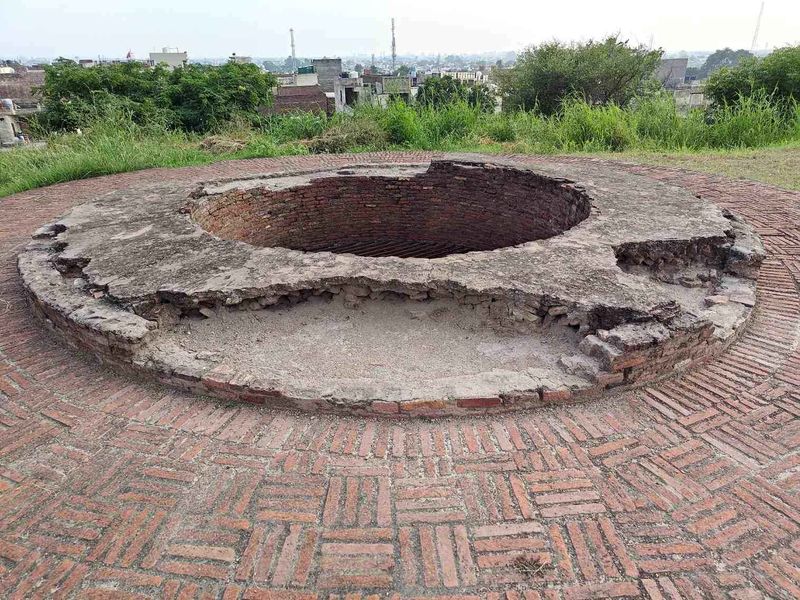
There is also a large well-like structure here believed to be from the Harappan times. However, there are no authentic details displayed at either place except that this is an ASI protected site. A visit to Ropar however is a great way to revisit your history textbooks, even as you see how civilisation has evolved through the ages.
Fact file
Reach: Ropar can be accessed by road from Chandigarh. It is ideal if you hire a cab so that you can look at the sites around.
Stay: Chandigarh has many options for you to stay across categories. Ropar is a comfortable day trip.
Good to know: Carry some light snacks and water for your trip. You can also visit Anandpur Sahib which is close by if you have the time.


